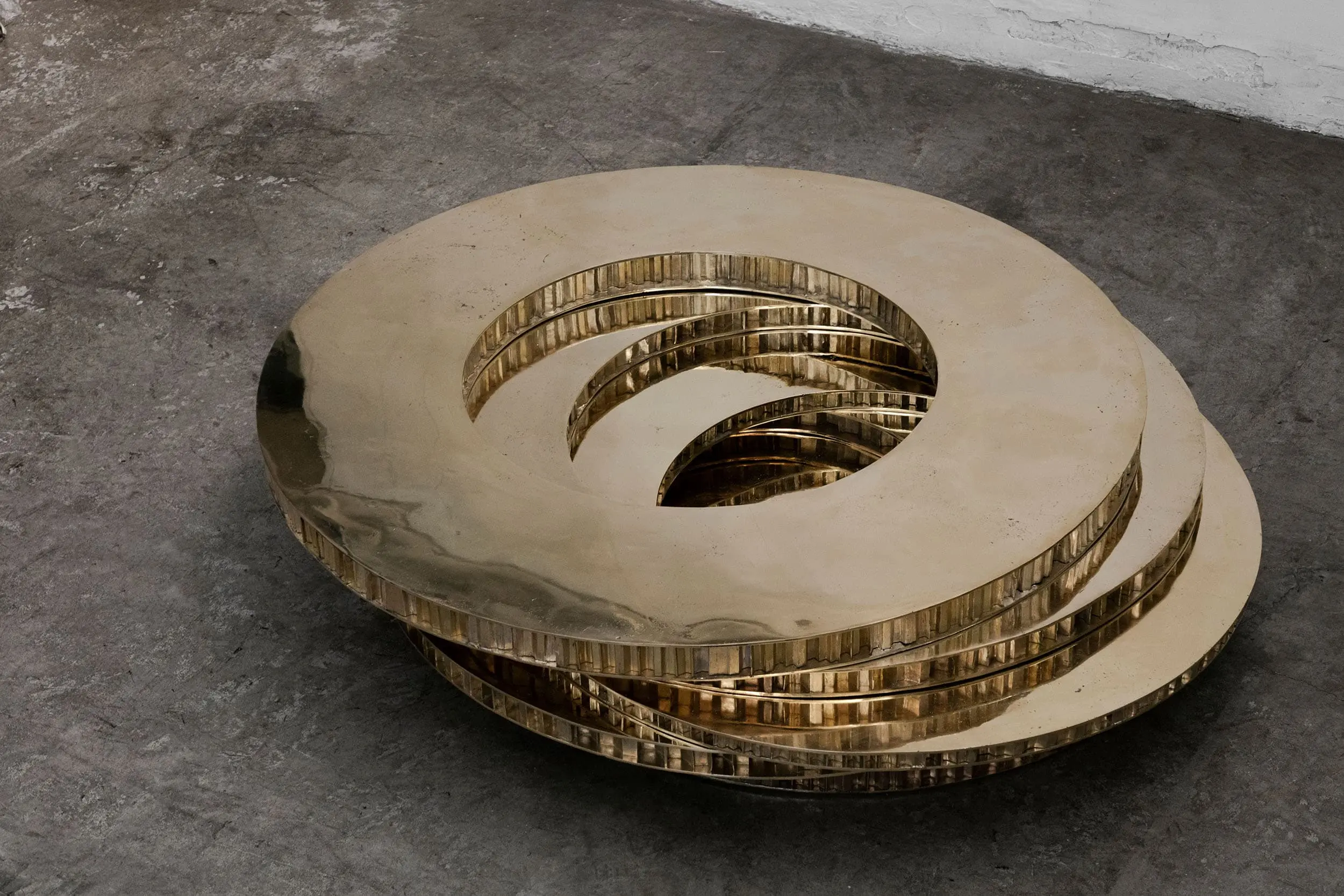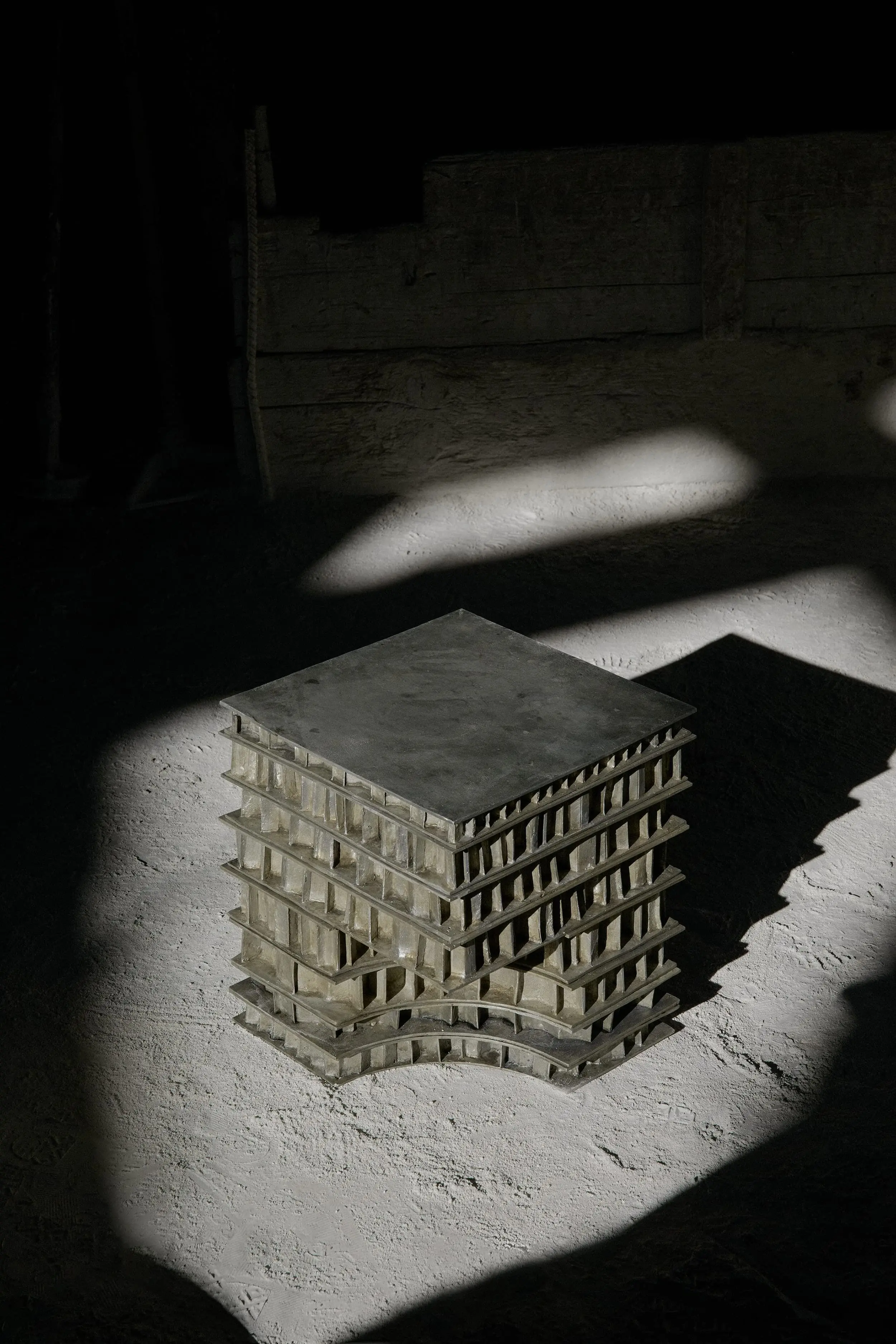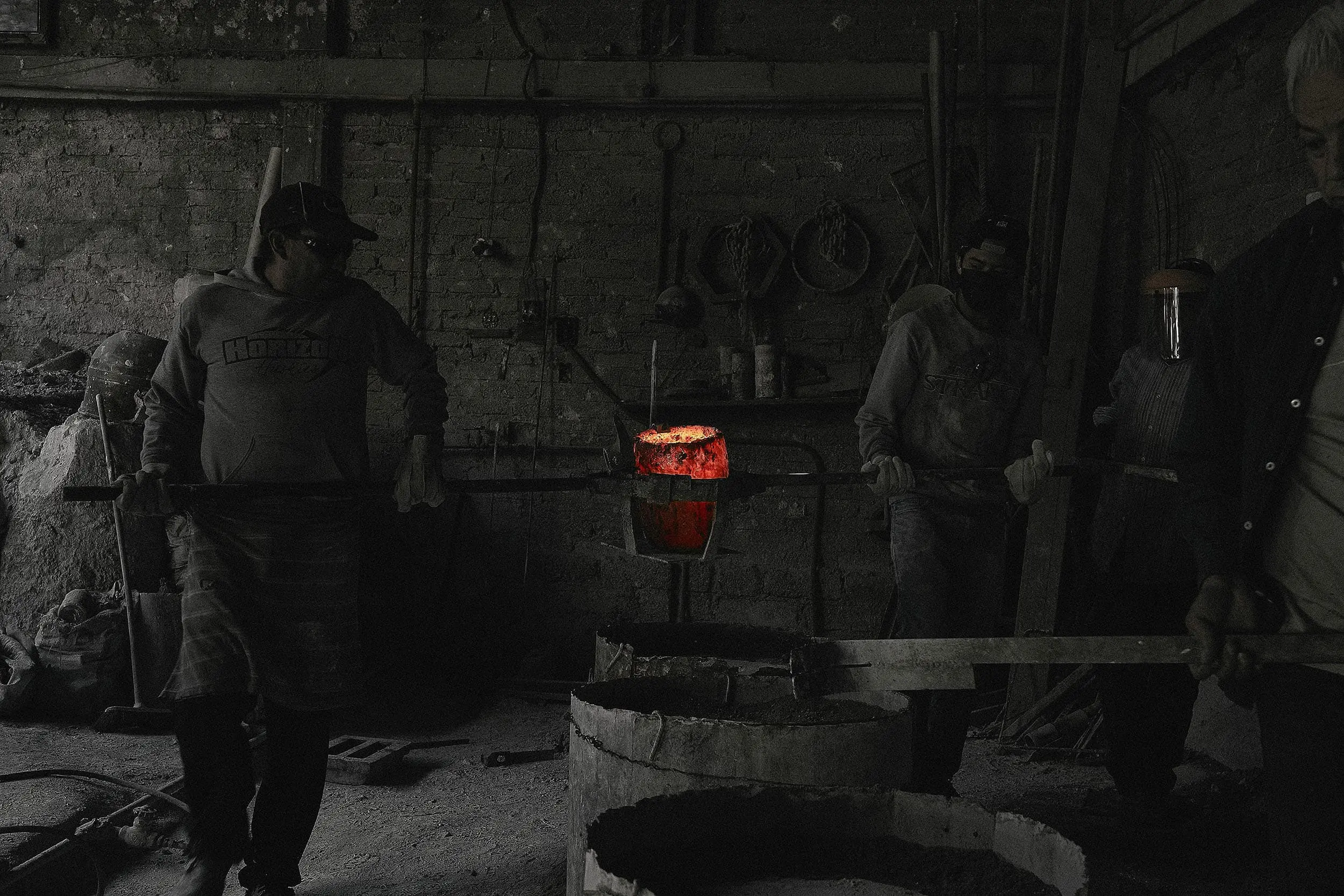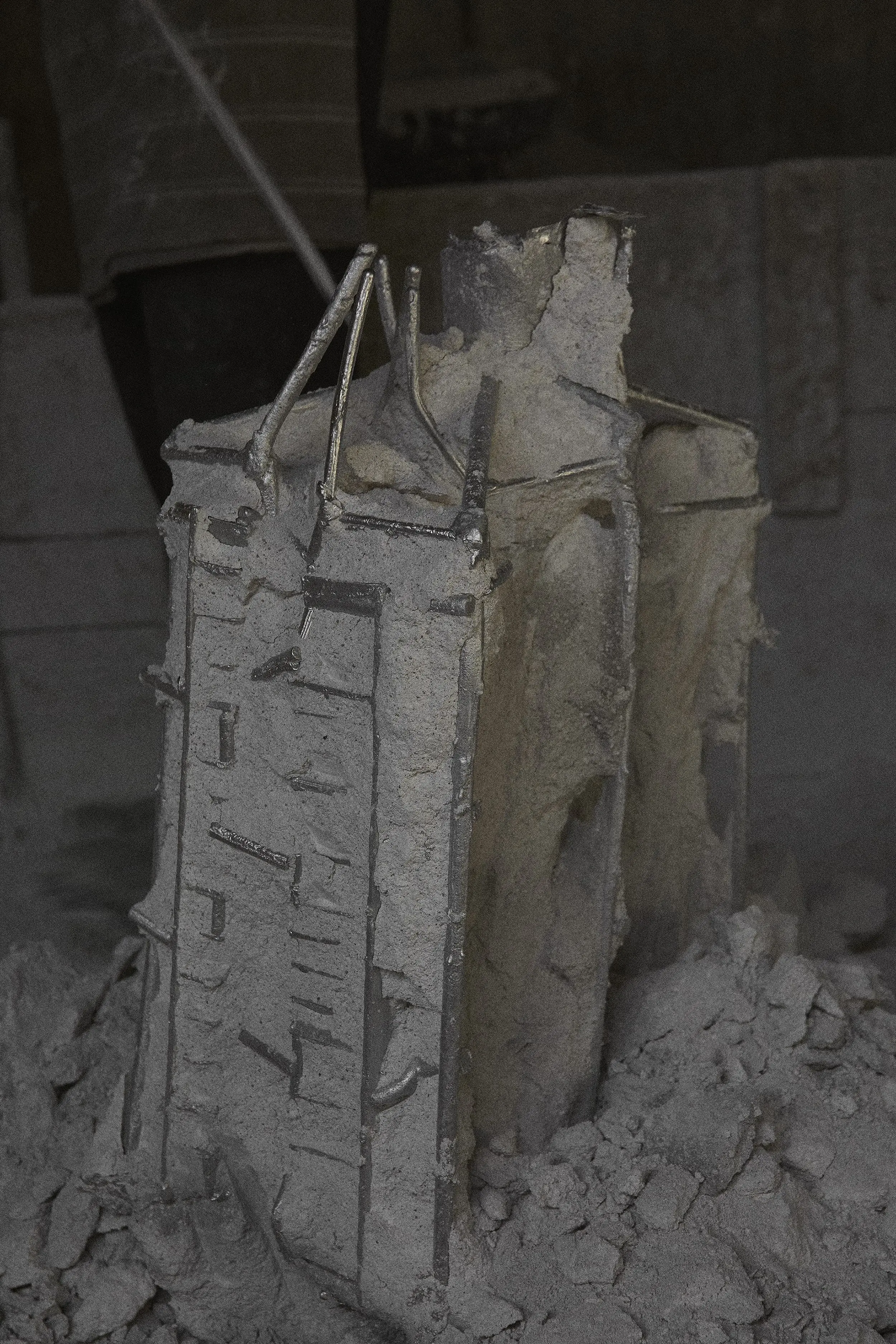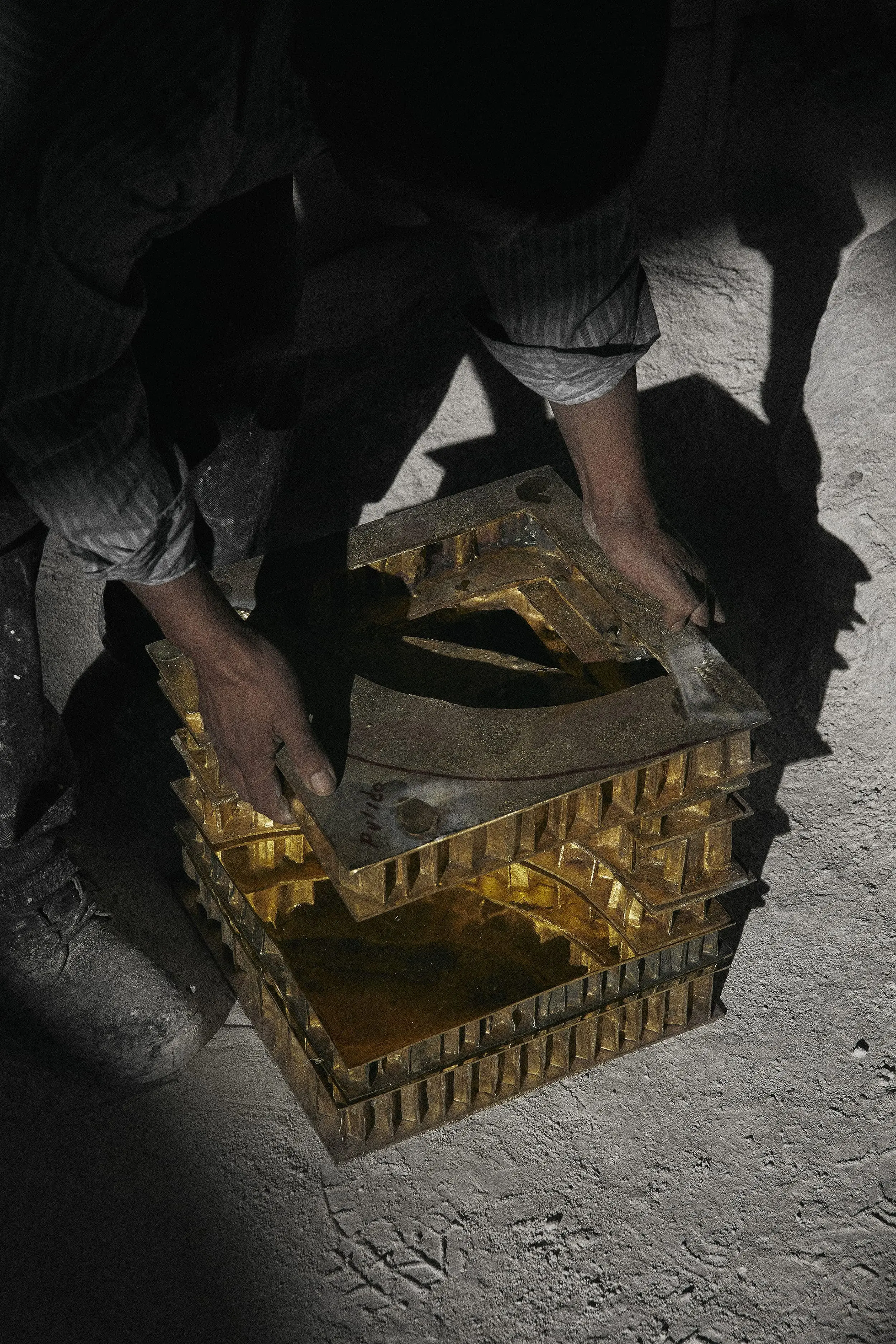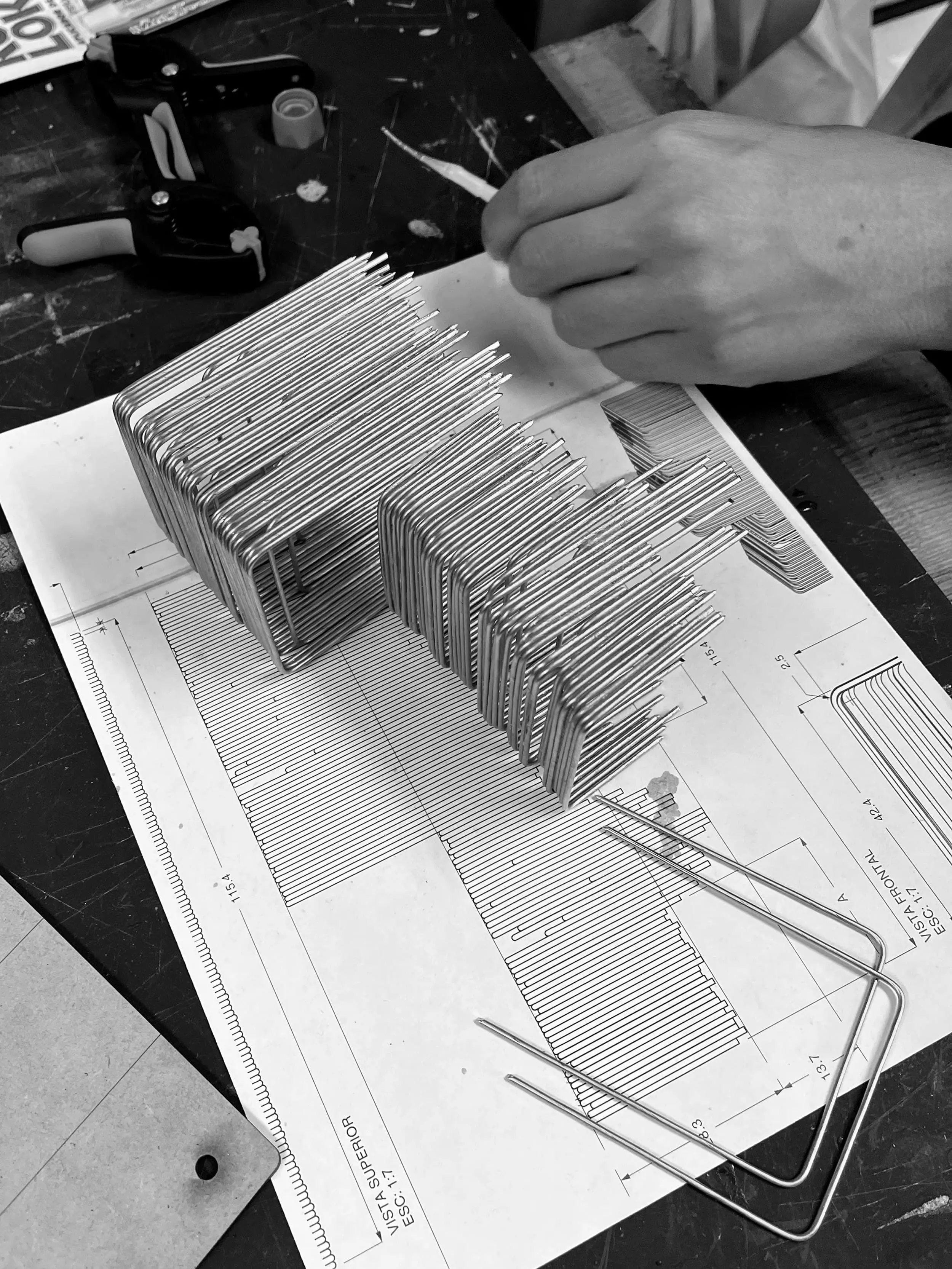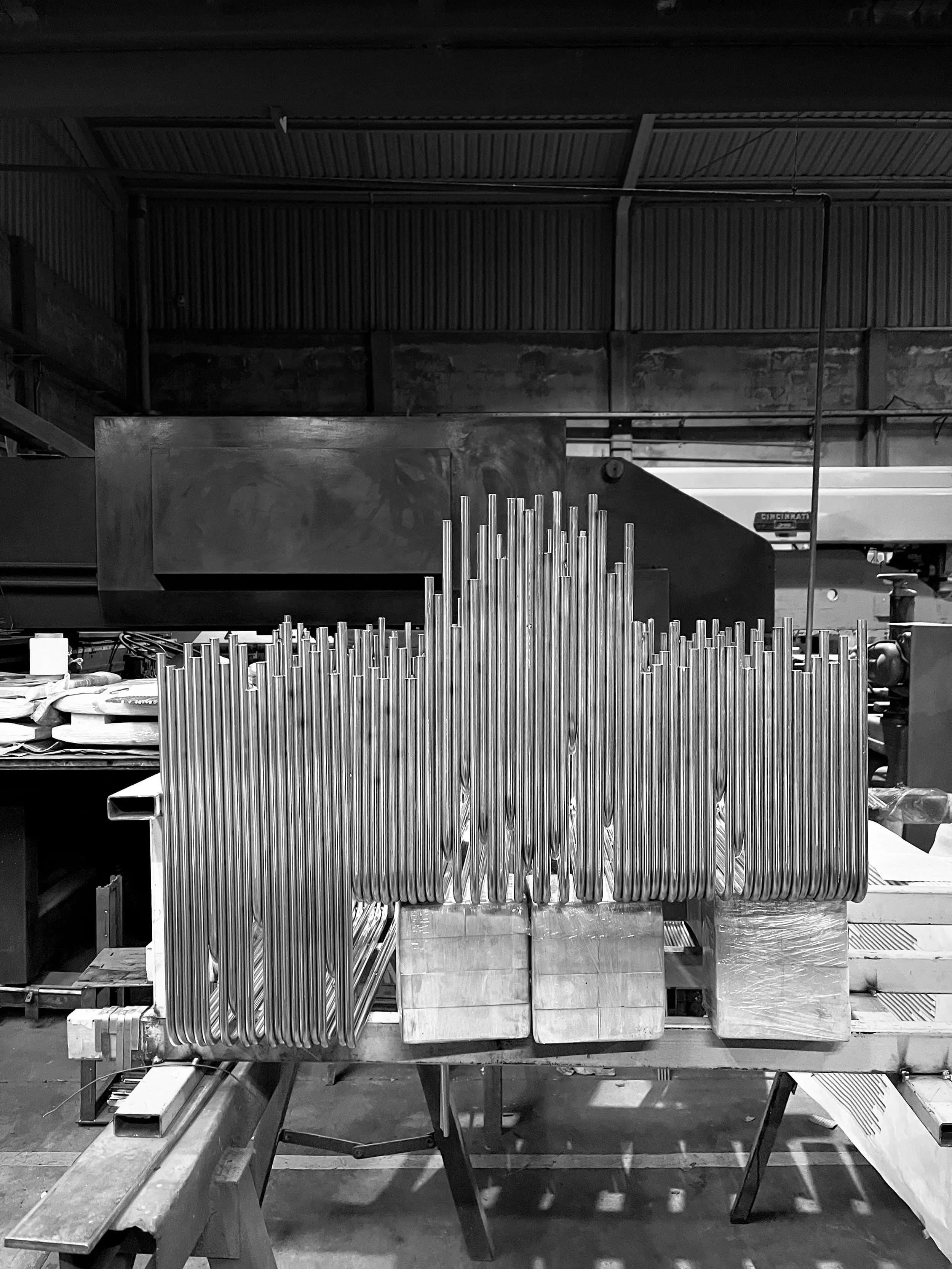Hector welcomed us in his beautiful design studio in Roma Norte. Born and raised in Mexico City, he has seen the evolution of Mexico City's creative scene up close and shares with us why the city has now found its momentum as one of the most buzzing global hubs.
Someone who has just arrived in Mexico City and wants to get a taste of its scene. Where would you send them?
Mexico is seeing a renaissance of its creative scene, from architecture to fashion, art, and graphic design. We started to look inward again and learned to become contextual. Think of the most sophisticated chefs in Mexico; they take street food and reinterpret it into fine dining with incredible results. And then, if you go to a market here, you can have food that is as good as what you get in the best restaurants in Mexico City. I advise everyone to experience the whole spectrum, from the street to sophisticated places. It's great to be here. It's a good moment for creatives to be based here or visit and get inspired.
Mexico City has momentum right now. It's an incredible timing because we are still this hidden jewel.
Hector's food hotspots:
Art galleries:

Frecuencia Bench - Photo by Alejandro Ramirez
The Renaissance of Mexican design
What defines Mexican design?
What defines and what inspires Mexican design is very eclectic. There are stereotypes of what my country should represent, which I try to detach from. My team and I don't approach our projects with a folkloric narrative of what our culture should be in mind. We like the idea of digging deeper. We enjoy exploring the many layers of what our culture can provide, which is an inspiration source. Those layers can start in the streets; there are multiple sources of inspiration from the city itself. And if you look into the past, you will see that you have exceptional artisanal skills from generations of people who are still doing traditional processes. But our interest is how to evolve those processes into new meanings and possibilities. We have a constant dialogue with the artisans with whom we collaborate.
For many years, we denied who we were and what happened in Mexico.
You have been in the creative industry for many years. What changes did you observe?
As designers, we used to look outside for inspiration. We used to nurture ourselves from what was happening outside. For many years, we denied who we were and what happened in Mexico. But now again, in almost every creative field, we are looking inward: we are understanding, admiring, and being more inspired by who we are as a culture and what we have to say. So, our cultural narrative has become more attractive; you can see that contemporary design has exploded in Latin American cultures.

Gear Table - Photo by Alejandro Ramirez
Creative Entrepreneurship
How are new technologies influencing what you do?
We have made a conscious decision to embrace what is made by hand. Paradoxically, we like the technology that promotes the qualities of the artisanal product.
What impact has artificial intelligence had on your design work? I've been intrigued about artificial intelligence on the observation stage rather than being involved. I follow some AI accounts that fascinate me; it has become an additional source of inspiration.
Hector's favorite AI accounts:
You express yourself in many different disciplines; it seems like a restless search for something. What is it that you are looking for?
I have always been intrigued by different disciplines and have explored art, architecture, and various fields of design. Now, with my studio, I am more into the role of an orchestra director. I am not a director who is always leading because sometimes I need to sit and play the tuba or the violin. I like the idea of creating multidisciplinary teams or getting involved with collaborations. I always walk alongside like-minded people, some of whom are my partners, and to stay in the music analogy, it's like we're doing a jam together. I understand the possibilities it opens if you step aside from the ego. If you leave your ego outside the table, you learn; with my partners like MASA or VISSIO, I have created a platform of constant learning.

Gear Table - Photo by Alejandro Ramirez
Those collaborators have allowed me to visit all these different realms of creation. Always work with people that want to jump on the same train. It's not that it is always the way I like it, but you achieve to create multiple solutions to something. I never start a project thinking about what the solution is. I jump into the process, and it can lead to various solutions. I chose to collaborate and understand new possibilities.

Gear Table - Photo by Alejandro Ramirez
And yeah, from an economic perspective, I have created a balance that allows me to invest my earnings in exploration. I love that; that's my passion. Many of my friends are entrepreneurs, and I try to understand their brains to see my profession differently. To see opportunities, it's essential to be open to what is happening around you. I have always used the analogy of traveling: once you arrive at a new port, instead of resting, take the ship and immediately move on to the next port. I like that.
I like not to feel comfortable. I like the turbulence. If I get too comfortable, it feels like I'm dying. If you have turbulence, you're alive.
Advice for Emerging Creatives
What advice would you give to young talents entering the industry?
Well, I always say that as a joke, but the best advice is not to take advice. But I can share one thing: Treat people how you want to be treated. Don't feel you have the right to mistreat others because you have arrived somewhere. Some successful creatives get confused and think there is a moment when you must detach from people, but that is stupid. It's an interesting and dark moment for the world; in many ways, it's a conflicted world. The creative scene should be more conscious about why we do what we do and promote what is best for us and the world around us. In a lecture, someone once asked me what success means, and for me, it is if I can look in the mirror and be okay with the guy I see. That would be a beautiful ending.

